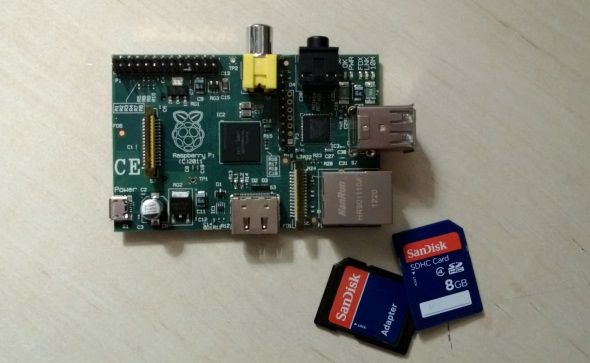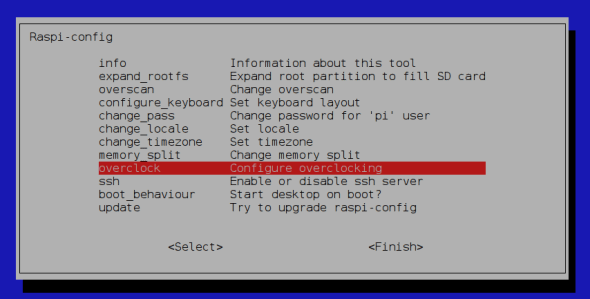One of the first things I discovered when I first plugged in my Raspberry Pi was that the little computer wasn't particularly optimised to the setup.
In some ways, this is understandable. Although the Raspbian OS is specifically designed for the Pi, it isn't completely perfect – what operating system is? Similarly, the Raspberry Pi is designed to be used "as-is". It seems that the developers initially doubted anyone would want to overclock the device.
You may be surprised to learn that there are many tweaks that can be applied to the Raspberry Pi, both from within the configuration screen and in how you set up and install your operating system. The following tweaks and tips can help you drastically improve performance on your Raspberry Pi.
Use a Faster SD Card
The very first thing you should do is ensure that the SD card you have installed Raspbian (or RaspBMC or set up a RetroPie) on is really up to the job. There are many different types of SD cards, and for the best results you should be using one of the SDHC cards, of class 2 or above.
For occasional use, you might get away with low grade SD cards or even microSD cards in SD card adaptors, but for regular use you will need a reliable, fast card. Remember that the SD card is the Raspberry Pi's on-board storage – on a desktop computer this would be the hard disk drive, so what we're suggesting here is no different to buying and installing a faster HDD.
SD cards vary in price and size. Ample storage space should be found on an 8 GB card in most cases, although if you're on a budget be careful!
Maximise the Partition
When installing Raspbian and any related distros, you'll be offered the opportunity to maximise the partition. This means that instead of the operating system sitting in the 2 GB partition as defined by the image, you are able to expand the partition so that it fills your entire SD card.
This is achieved by booting your Raspberry Pi and using the configuration menu to select the EXPAND-ROOTFS option. If you can't see this, you'll need to open a command line and enter
sudo raspi-config
From here, select the Expand Root Partition to Fill SD Card option, and wait while the SD card is resized.
Once expanded, you shouldn't need to worry about space running out. Note that the same manual method can be used on Debian, OpenSuSe and Raspbian images, as well as those that use Raspbian, such as RaspBMC and RetroPie.
Overclocking Your Raspberry Pi
Another way in which you can improve the results and performance of your Raspberry Pi is by overclocking.
Initially, this was only possible with a configuration script saved to the SD card, but in more recent releases of Raspbian, the feature has been added to the raspi-config screen.
Overclocking is easy. Just boot up, switch to the configuration menu and select the overclock option. Full details can be found in this article: Not Enough Juice? Squeeze Your Raspberry Pi By Overclocking. Note that should you opt to overclock your Raspberry Pi, you do so at your own risk. You should also consider employing a fan or attaching a heatsink to the SoC.
So You Really Need a GUI?
Depending upon how you plan to use your Raspberry Pi, you might inadvertently hit upon a way of speeding things up by simply not using a graphical user interface. If you're running a project that doesn't require mouse and keyboard, there is no point in running an OS that does.
Although the Raspbian operating system is ideal for many things, the implementation of the X GUI is a little sluggish. As such, you might prefer to not use it, particularly if you're familiar with Linux and command lines.
If you're in X already you can close it by using the logout command from the main menu. You can also prevent Raspbian from booting into X by running raspi-config and selecting the boot_behaviour option.
This will both speed up your boot time and prevent GUI-based lags.
Conclusion: Raspberry Pi, with Cream!
The myriad of ways in which you can put your Raspberry Pi to use can all benefit from these tweaks that will super charge the minicomputer.
Although some of these tips rely on the use of the Raspbian OS (or images based upon it) don't overlook the importance of using a fast and reliable SDHC card with your Raspberry Pi. Also, don't forget to ensure your device chip is properly cooled if you plan on overclocking.
Ultimately, however, remember that the little Raspberry Pi is a versatile piece of kit, so if you do plan to apply any of these tweaks, consider what effect they might have on any projects you're currently running in order to avoid any ill-effects.





